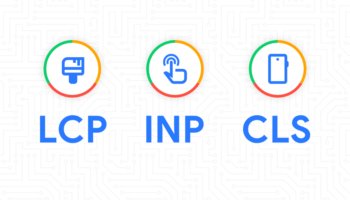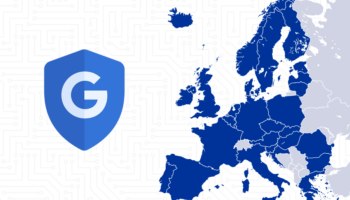A Technical Look at Cookie Compliance
In modern web development, data collection drives critical functions like analytics, personalization, and ad targeting. But any handling of personal data—especially via cookies—must comply with strict privacy laws. Regulations such as the GDPR and CCPA mandate explicit user consent before loading non-essential cookies or tracking scripts. For developers, this isn’t optional—it’s a core requirement that must be baked into the site’s architecture, tag management strategy, and user interface from the start.
What Are Cookies?
Cookies are small text files stored in a user’s browser. They typically fall into the following categories:
- Essential cookies: Required for site functionality (e.g., session IDs, login states)
- Performance cookies: Used for analytics (e.g., Google Analytics)
- Functional cookies: Store user preferences
- Targeting/advertising cookies: Used by ad platforms and social media scripts
Many scripts, such as Google Analytics or Facebook Pixel, set cookies that track user behavior across sessions and services. These fall under “personal data” as defined by the GDPR and thus require prior consent before activation.
The Legal and Technical Imperative of Consent
Without prior consent, firing third-party tracking tags can be considered a privacy violation. Technical teams must ensure that:
- Scripts for tracking or advertising do not execute until consent is given
- Consent is logged and stored in case of audits
- Users have access to change or withdraw their consent
This requires a consent architecture that integrates with both front-end and tag management systems (e.g., Google Tag Manager, Google Consent Mode).
Consent Management Systems vs. Manual Consent Banners
There are two primary ways to implement cookie consent on a website: using a Consent Management System (CMS) or building the consent flow manually.
Option 1: Consent Management Systems (CMS)
A CMS is a third-party platform designed to manage user consent in compliance with regulations.
✅ Pros:
- Quick integration: Most offer plugins or scripts that can be integrated with WordPress, Shopify, or custom CMS.
- Tag blocking: Automatically prevents tracking scripts from running until appropriate consent is received.
- Compliance updates: CMS providers stay current with legal standards across different jurisdictions.
- Built-in logging: Tracks user consent status and preferences for audit purposes.
- Consent Mode compatibility: Many integrate directly with Google Consent Mode and GTM to control tag behavior dynamically.
- Popular options: Cookiebot, OneTrust, Complianz, Borlabs Cookie
❌ Cons:
- Cost: Most advanced CMS tools are paid beyond basic functionality.
- Customization limits: Styling and behavior may be constrained by the vendor’s UI.
Option 2: Manually Building a Consent Banner
This approach involves writing your own JavaScript or leveraging lightweight libraries to create a custom consent experience.
✅ Pros:
- Full control: Customize the UI, animations, behavior, and triggers.
- Lightweight: No third-party dependencies or extra HTTP requests.
- No recurring costs: Ideal for developers who want full ownership.
❌ Cons:
- Complexity: Requires careful handling of cookies, tag firing, and user state.
- Tag integration: You’ll need to write custom GTM triggers or script logic to delay firing until consent is given.
- Legal maintenance: You are responsible for keeping the solution compliant with evolving laws.
Technical Stack Considerations:
- Use local storage or cookies to save consent state
- Delay loading GTM container or conditionally fire specific tags based on stored state
- Create event listeners for “Accept” and “Reject” actions
- Provide UI for users to update consent preferences later
Best Practices for Technical Consent Implementation
- Defer non-essential scripts until consent is confirmed
- Audit all third-party tags to understand what personal data is being collected
- Respect local regulations with geolocation-based behavior (EU users vs U.S. users)
- Log and timestamp consent choices
- Provide a persistent UI or link to modify consent choices at any time
Final Thoughts
Implementing user consent is not just a legal requirement—it’s a key part of responsible data handling and user trust. Whether you opt for a CMS or build your own consent banner, the core goal is the same: ensure that personal data is only collected with proper, informed consent.
If you’re using tools like Google Tag Manager, combining it with Google Consent Mode and a robust consent solution ensures both flexibility and compliance. Don’t wait until you’re facing legal action or user backlash—implement consent the right way, from the start.
Ready to streamline your consent process and ensure compliance? Hall offers expert guidance and tailored solutions to help you implement effective consent management. Learn more about our services and how we can help you build a privacy-first website. Contact us today for a consultation.





